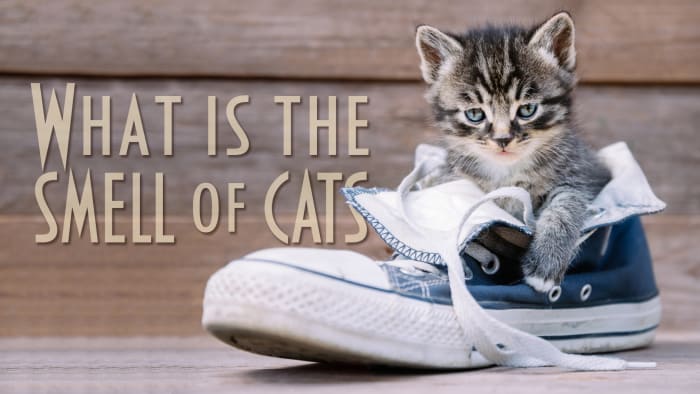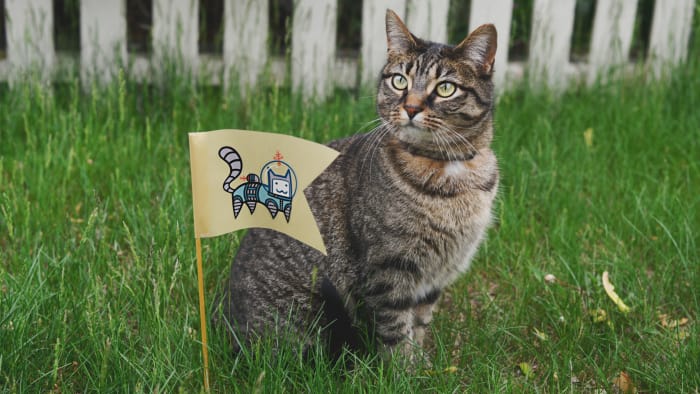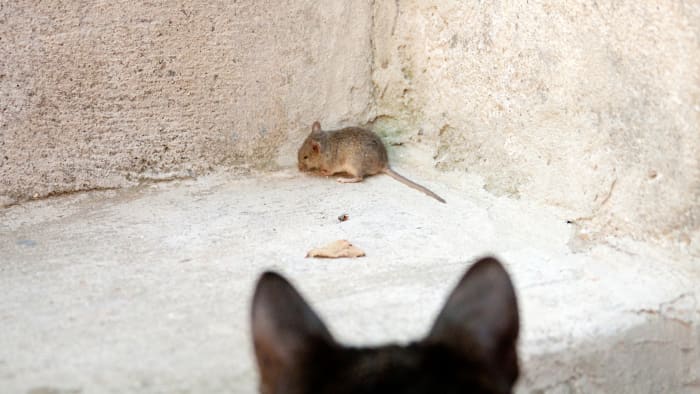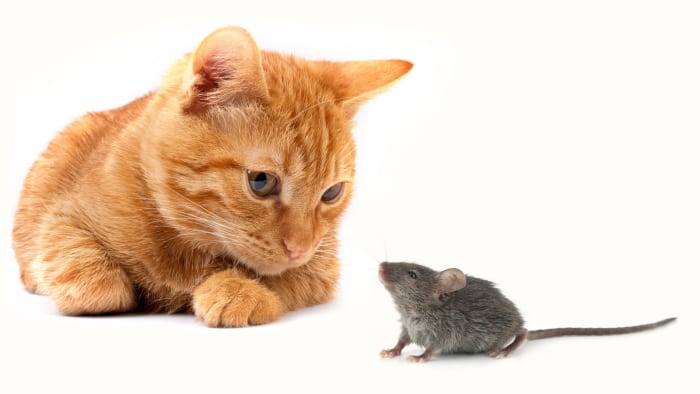Cats rule the world with the help of chemistry
Cats have a sense of smell that is about 14 times more acute than a human’s.

Cats' olfaction allows them to detect smells that people do not even suspect. And their noses are particularly sensitive to their own aromatic markings. To leave markings, cats produce felinine. This amino acid is present in the animals’ urine, and cats spray it on various surfaces, wherever they think it necessary,
In itself, felinine does not smell. But when it breaks down, it forms a volatile compound – 3-mercapto-3-methylbutane-1-ol. It is a thiol – sulfuric equivalents of alcohol, with the SH group instead of the OH group. The lower thiols are highly volatile liquids with a revolting smell. Humans can smell them in very low concentrations in the air – less than one part per 100 million. So, for example, thiol is added to cooking gas, which has no smell, so that leaks can be detected. And this is why the smell of cat urine is so obtrusive.

Cats may mark corners, furniture and footwear for various reasons. And although they never do this out of spite (or almost never), this always causes problems for their owners. A thiol can be simply oxidized – with hydrogen peroxide or potassium permanganate. The thiol group (—SH) oxidizes into the sulfonic group (—SO3H), while thiol becomes a non-volatile acid and no longer smells. Unfortunately, not every item marked by a cat can withstand these ordeals. Additionally, even after damaged items are treated with an oxidizer, felinine may still remain on them. And as it breaks down, it will continue to release smelly thiol for a long time.
And if in our case cats may only ruin our sneakers, rugs, sofas and peace of mind, for mice this smell is a matter of life and death.

Felinine, for example, causes miscarriages in pregnant mice. When mice detect 3-mercapto-3-methylbutane-1-ol, their level of stress hormones increases. As a result, the mouse experiences panic and tries to hide.
But in the course of evolution, mice also developed another mechanism, which allows them to live alongside people and their food almost without fear. If a mouse has been surrounded by cats’ markings from an early age, in adult life it will run away less often when it detects them. The level of stress hormones provoked by the smell of a cat is higher among these mice than among ordinary mice.

The subtleties of this phenomenon have not been fully studied, but it is clear that a difficult childhood affects the subsequent life of the mouse. Evidently, this is how cats keep the number of mice around them at the necessary level for them. Or perhaps mice are just their first step to taking over the world.
If you liked this article, share it with your friends!